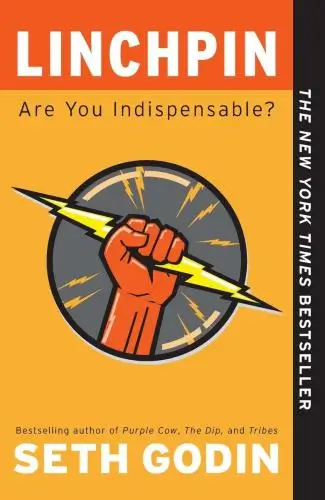
Linchpin
Are You Indispensable?
What's it about?
Linchpin challenges the traditional notions of work and success. It argues that in today's fast-paced world, being a Linchpin is crucial to standing out and thriving in your career. A Linchpin is someone who is indispensable, innovative, and able to create change in their organization. This book provides practical advice on how to become a Linchpin by cultivating your creativity, passion, and unique talents. It encourages readers to break free from the status quo and embrace their true potential. If you're looking to elevate your career and make a lasting impact, this book is a must-read.
About the Author
Seth Godin is a prolific author and marketing expert, known for his focus on the post-industrial revolution, the way ideas spread, marketing, quitting, leadership, and most of all, changing everything. His notable works include "Purple Cow" and "Linchpin", showcasing his unique perspective on making remarkable products and being indispensable.
10 Key Ideas of Linchpin
Embrace Your Unique Artistry to Stand Out in the Workplace
Identify and cultivate your unique talents and abilities, those that set you apart from others.
By doing so, you not only contribute something no one else can, but you also make yourself indispensable.
This isn't about traditional art; it's about finding your personal form of creativity and innovation, whether in problem-solving, relationship-building, or project management.
The key is to leverage these unique skills in a way that adds irreplaceable value to your organization.
Learn DeeperIdentify Your Unique Skills: Start by reflecting on your past experiences, both in and out of the workplace. What tasks do you find most engaging? When have you received the most praise? This can help you pinpoint your unique talents.
Develop a Personal Project: Use your identified skills to create a project that benefits your organization. It could be anything from a new filing system if you're organized, to a creative marketing campaign if you're artistic. The key is to solve a problem or fill a need using your unique abilities.
Seek Feedback and Iterate: Share your projects or ideas with colleagues and superiors, and be open to their feedback. Use their insights to refine your approach, ensuring that your unique contributions are both valued and effective.
Continuously Learn and Adapt: Stay updated on industry trends and seek out new skills that can enhance your unique offerings. This proactive approach ensures your artistry evolves and remains relevant.
- Example
A graphic designer in a tech company notices that internal presentations are often lackluster and hard to follow. Using their design skills, they volunteer to revamp presentation templates, making information more accessible and engaging for the team.
- Example
An IT professional with a knack for storytelling starts a monthly newsletter highlighting team achievements, upcoming IT updates, and tech tips in an engaging, story-driven format. This not only improves internal communication but also boosts morale.
Develop an Attitude of Giving Without Expectation of Return
Shift your mindset from transactional relationships to one of generosity.
By consistently contributing more than is expected, without an immediate expectation of reciprocation, you build trust and respect.
This approach fosters a positive work environment and establishes you as a linchpin—someone who adds value simply by being generous with their time, knowledge, and resources.
Over time, this generosity pays off, often in ways you couldn't predict or directly measure.
Learn DeeperStart Small: Begin by offering help in small ways within your daily routine. This could be as simple as sharing a helpful article with a colleague or offering to assist with a minor task. The key is consistency, not the size of the gesture.
Listen Actively: Pay attention to the needs and challenges of those around you. Sometimes, the best way to be generous is by providing a listening ear or offering advice and support when it's needed.
Share Your Skills and Knowledge: If you have expertise in a particular area, look for opportunities to share that knowledge without being asked. This could be through informal mentoring, leading a workshop, or simply offering tips to someone struggling with a project.
Give Without Keeping Score: Make a conscious effort to help without immediately expecting something in return. Trust that your generosity will eventually be reciprocated, but don't let that be your driving motivation.
- Example
Imagine you're skilled in graphic design, and you notice a colleague struggling to create a presentation. Offering to design a few slides or giving them a quick tutorial on basic design principles can make a significant difference.
- Example
If you overhear someone mentioning they're overwhelmed with their workload, stepping in to offer assistance with even a small part of their tasks can alleviate their stress and build a stronger relationship.
Cultivate Emotional Labor: Invest Emotion into Your Work
Emotional labor involves putting genuine care, concern, and effort into your interactions and tasks at work.
It means going beyond the mechanical aspects of your job to engage emotionally with projects and people.
This investment leads to work that resonates more deeply, creating stronger connections and more impactful results.
Emotional labor makes you indispensable because it's a human element that cannot be easily replicated or replaced by automation.
Learn DeeperStart Your Day with a Positive Intention: Before you begin your workday, take a moment to set a positive intention. Think about how you want to approach your tasks and interactions. This could be as simple as deciding to bring enthusiasm to a project you've been dreading or making an effort to listen more attentively in meetings.
Personalize Your Interactions: Whenever possible, add a personal touch to your communications. This could mean mentioning something specific you remember about a person or project in emails, or simply asking colleagues how they are doing and genuinely listening to their responses.
Reflect on Your Emotional Investment: At the end of each day, take a few minutes to reflect on how well you managed to invest emotionally in your work. Consider what went well and what could be improved. This reflection can help you identify areas where you might need to put in more effort or change your approach.
Seek Feedback and Act on It: Ask for feedback from peers and supervisors on your emotional engagement at work. This can provide valuable insights into how your efforts are perceived and where you might need to make adjustments. Act on this feedback to continuously improve your emotional labor.
- Example
If you're working on a team project, instead of just focusing on the tasks at hand, take the time to check in with your teammates about how they're feeling about the project. Offer support where needed and celebrate small wins together to build a stronger, more emotionally connected team.
- Example
When dealing with clients, remember details from previous conversations (e.g., a hobby they mentioned or a challenge they were facing) and follow up on these points in future interactions. This shows that you care about them beyond just the business aspect, fostering stronger relationships and trust.
Overcome the Resistance: Push Beyond Self-Imposed Limits
The resistance is the internal voice that tells you to play it safe, to stick to the status quo, and to avoid risk.
Overcoming this resistance is crucial for becoming a linchpin.
It requires recognizing when your fear is holding you back and consciously choosing to push forward anyway.
This might mean taking on challenging projects, sharing innovative ideas, or stepping into leadership roles.
Overcoming the resistance is about growth and moving beyond comfort zones to make significant contributions.
Learn DeeperIdentify Your Resistance: Start by acknowledging the moments when you hesitate or feel reluctant to take a risk. This could be when you're about to suggest a new idea in a meeting or considering applying for a promotion. Recognizing these moments is the first step to overcoming them.
Set Small Challenges: Break down your larger goal into smaller, manageable tasks. If you're afraid of public speaking, start by speaking up more during small group discussions. Gradually increase the challenge until you feel more comfortable with bigger risks.
Seek Feedback: Share your ideas and projects with trusted colleagues or mentors. Feedback can provide you with a different perspective and encourage you to move forward despite your fears.
Reflect on Past Successes: Whenever you feel overwhelmed by the resistance, take a moment to reflect on past instances where you overcame your fears and succeeded. This can boost your confidence and motivate you to push through current barriers.
Embrace Failure as a Learning Tool: Understand that failure is a part of the growth process. Instead of fearing it, view each setback as an opportunity to learn and improve. This mindset shift can significantly reduce the power of the resistance.
- Example
A marketing professional who feels stuck in their current role decides to overcome their resistance by proposing a new, innovative campaign strategy to their team. Despite initial doubts, the campaign ends up being a success, leading to a promotion.
- Example
An aspiring writer battles the resistance by setting a goal to write 200 words daily, regardless of quality. Over time, this practice not only improves their writing skills but also builds the confidence to submit work to publications, eventually leading to their first published article.
Ship It: Focus on Completion and Delivery
Perfectionism can be a trap that prevents you from finishing and delivering work.
Adopting a 'ship it' mentality means prioritizing completion and learning from feedback.
It's about understanding that perfect is the enemy of good and that real-world experience is invaluable.
By focusing on getting things done and out there, you demonstrate reliability, drive, and the ability to execute—qualities that are essential for a linchpin.
Learn DeeperSet Realistic Deadlines: Break your project into manageable tasks and assign a deadline to each. This helps in tracking progress and ensures that you're moving towards completion.
Embrace Imperfection: Understand that your work may not be perfect on the first try. Accepting this can free you from the paralysis of perfectionism, allowing you to make progress.
Solicit Feedback Early and Often: Share your work with trusted colleagues or friends early in the process. Constructive criticism can guide improvements and help you refine your work without getting stuck in the pursuit of perfection.
Prioritize and Focus: Identify the most critical aspects of your project that need attention. Concentrate on these areas to ensure they are completed to the best of your ability within the set timeframe.
Celebrate Small Wins: Recognize and celebrate the completion of tasks. This boosts morale and motivation, keeping you driven towards the final goal of shipping your project.
- Example
A software developer working on a new app decides to release a 'beta' version to a select group of users. Despite knowing there are minor bugs, they prioritize getting user feedback over waiting to launch a perfect version.
- Example
An author struggling with the endless cycle of revisions decides to set a hard deadline for themselves. They commit to sending their manuscript to their editor by this date, regardless of their lingering desire to make it 'perfect.'
Deeper knowledge. Personal growth. Unlocked.
Unlock this book's key ideas and 15M+ more. Learn with quick, impactful summaries.
Read Full SummarySign up and read for free!
Linchpin Summary: Common Questions
Experience Personalized Book Summaries, Today!
Discover a new way to gain knowledge, and save time.
Sign up for our 7-day trial now.
No Credit Card Needed
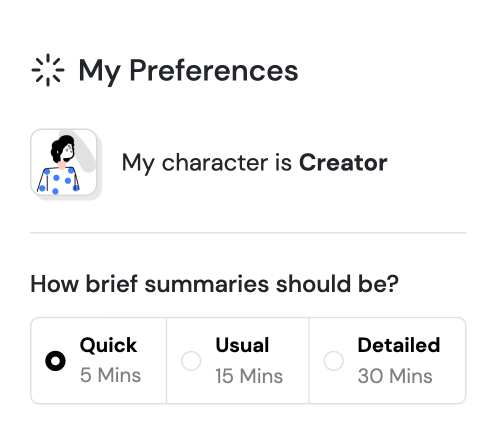
Similar Books
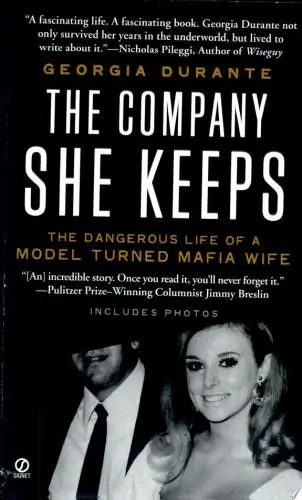
The Company She Keeps
Georgia Durante
The Millionaire Fastlane
MJ DeMarco
Losing My Virginity
Richard Branson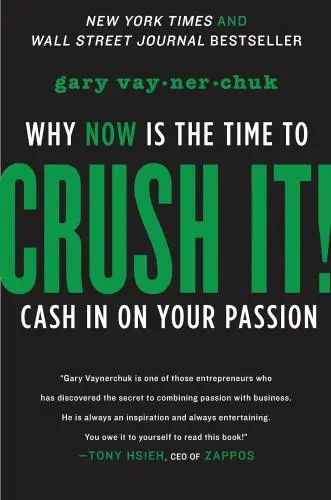
Crush It!
Gary Vaynerchuk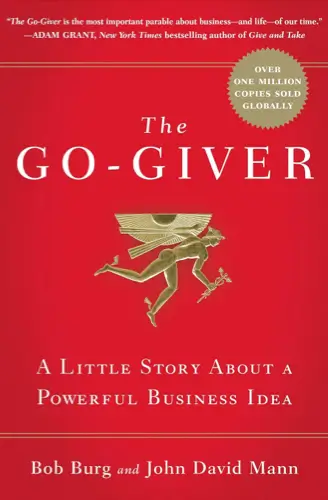
The Go-Giver
Bob Burg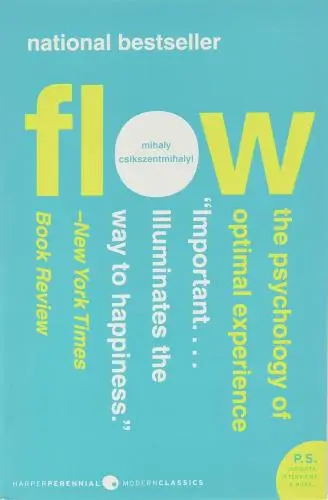
Flow
Mihaly Csikszentmihalyi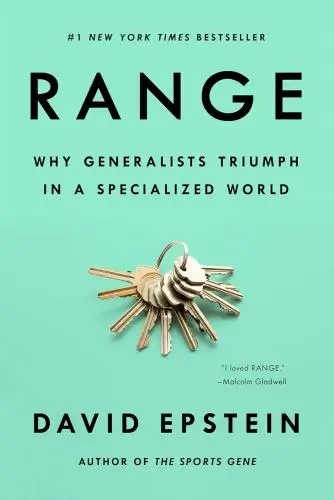
Range
David Epstein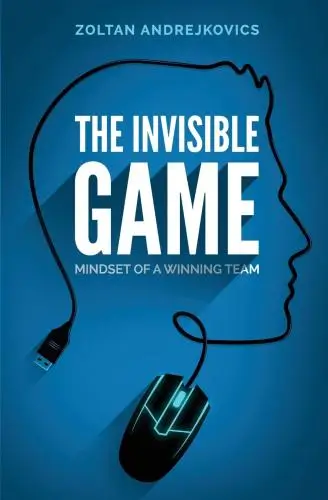
The Invisible Game
Zoltan Andrejkovics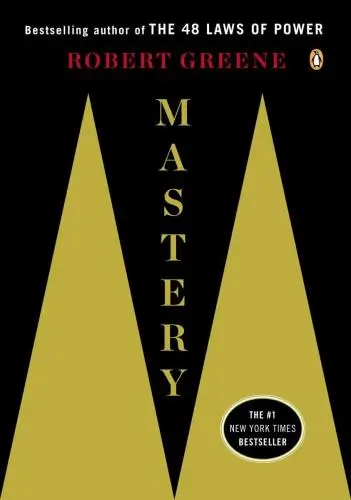
Mastery
Robert Greene
How Will You Measure Your Life?
Clayton M. ChristensenTrending Summaries
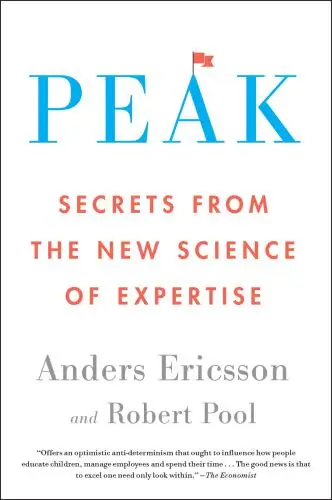
Peak
Anders Ericsson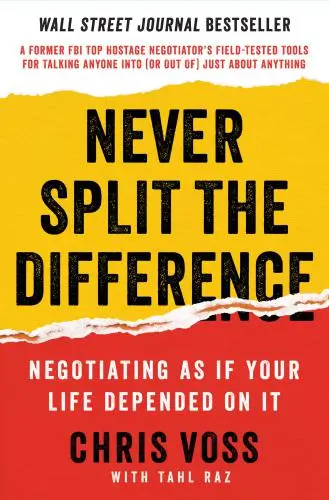
Never Split the Difference
Chris Voss
Smart Brevity
Jim VandeHei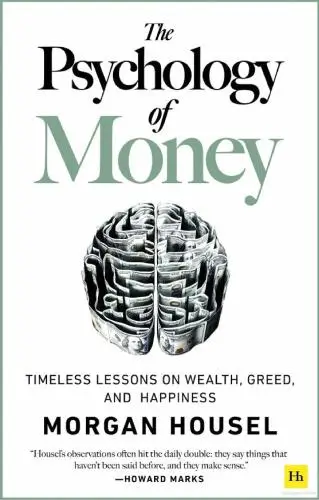
The Psychology of Money
Morgan Housel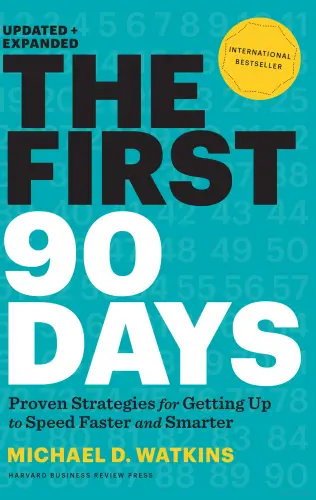
The First 90 Days
Michael D. Watkins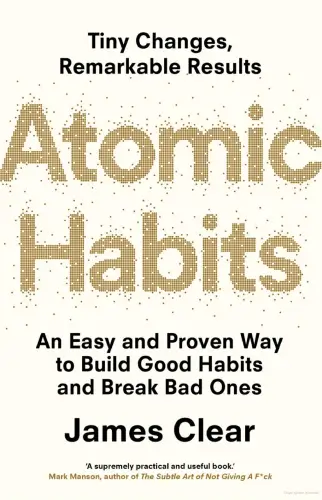
Atomic Habits
James Clear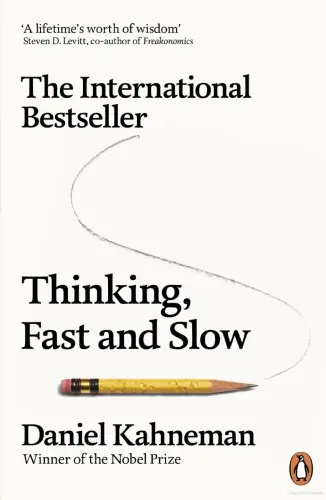
Thinking, Fast and Slow
Daniel Kahneman
The Body Keeps the Score
Bessel van der Kolk M.D.
The Power of Regret
Daniel H. Pink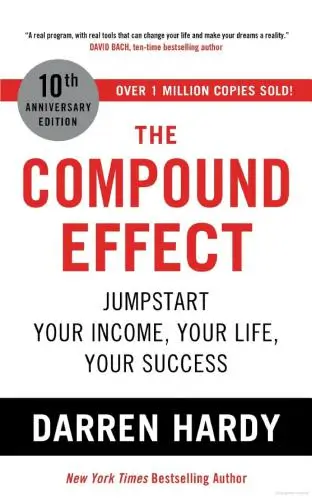
The Compound Effect
Darren HardyNew Books
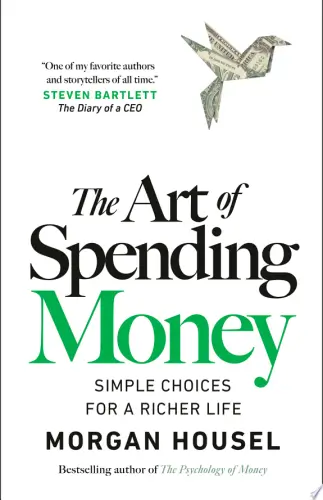
The Art of Spending Money
Morgan Housel
$100M Offers
Alex Hormozi
A Candle for Kiri
Edna Mae Holm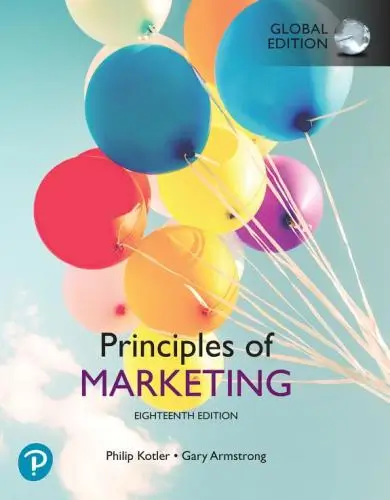
Principles of Marketing, Global Edition
Gary Armstrong
Serpent Rising: The Kundalini Compendium
Neven Paar
Feeling Is the Secret
Neville Goddard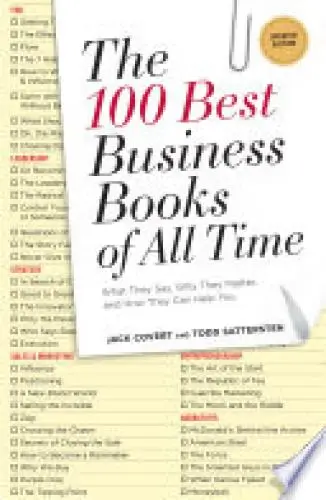
The 100 Best Business Books of All Time
Jack Covert
My Oxford Year
Julia Whelan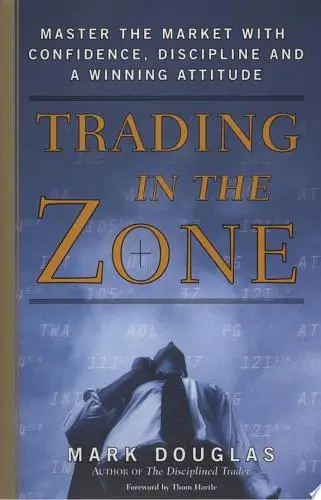
Trading in the Zone
Mark Douglas
